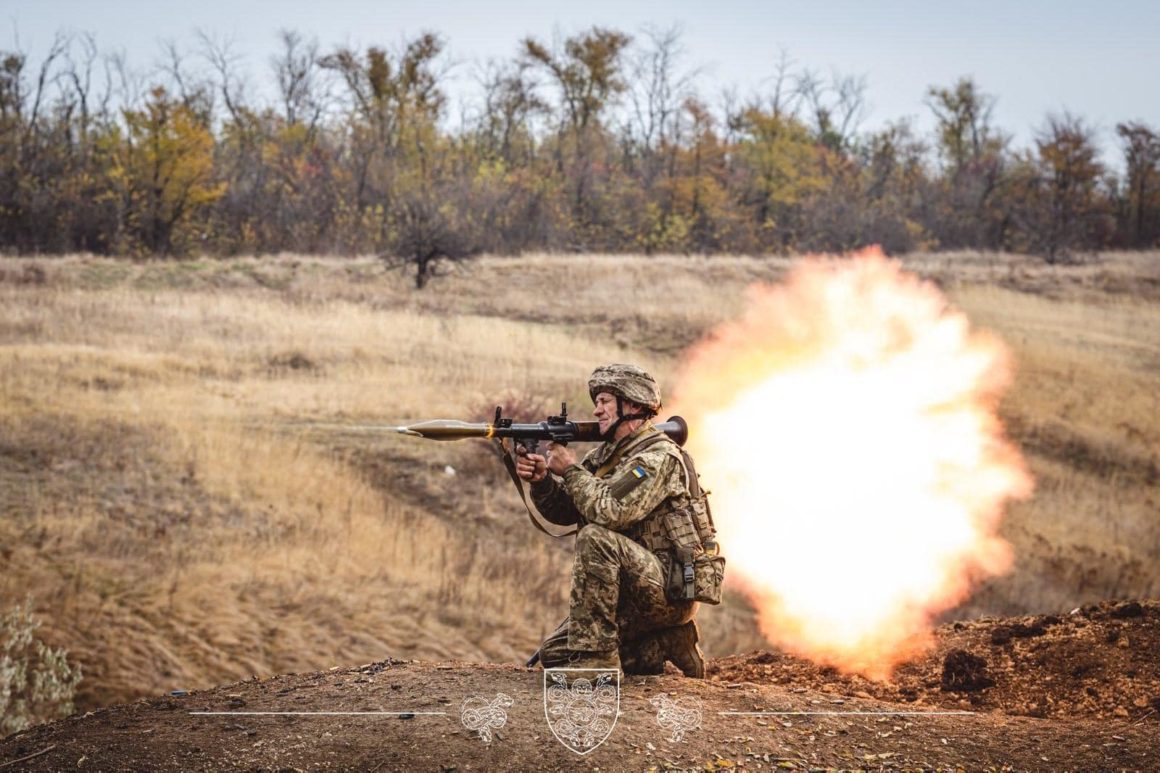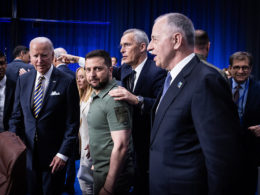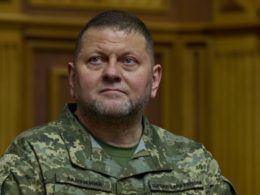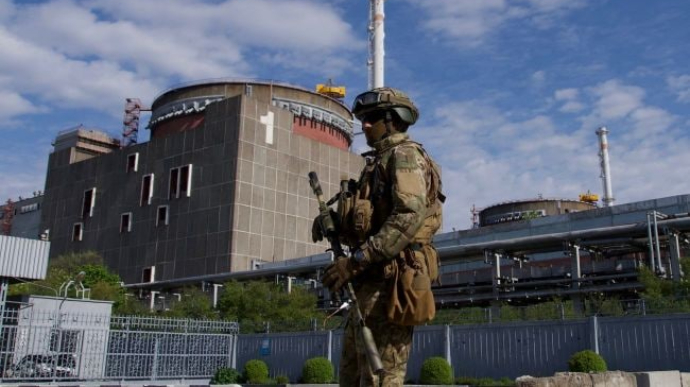Recent days have seen a flurry of discussions regarding Ukraine’s counteroffensive and perceived lack of progress therein, following The Time’s pessimistic expose of Ukrainian President Zelenskyy’s fight for international support, Ukrainian Commander-in-Chief Zaluzhnyi’s admission that the war is at a stalemate and essay on what Ukraine needs to win, and an NBC scoop that western officials are starting to signal to Ukraine that since battlefield progress is slow, negotiations with Russia are just around the corner.
Unfortunately, both people inside and outside of Ukraine mostly concentrate on specific personalities analyzing war dynamics instead of considering objective conditions. By doing this, they miss crucial moments and how they shape the limits of the possible.
The major problem for Ukraine’s military strategy in the 2023 campaign (unlike in the 2022 campaign) is that political goals, military capabilities, and combat performance have not been in balance. Moreover, there was tension between the political and military dimensions. Let’s examine this contrast in detail.
In the 2022 Ukraine campaign, there was a certain perfect match between political goals, military capabilities, and combat performance.
Politically, strategic defense with counterattacks was fine. And for this, Ukraine had the proper capabilities and combat performance. Front dynamics in 2022 reflected this match: Ukraine managed to stabilize the frontline and conduct a series of lightning counterattacks to liberate vast swaths of land in Kharkiv and Kherson oblasts, enabled by the sparsity of Russian troops on the frontline and the fact that defense lines had not yet been established.
In the 2023 campaign, politically, Ukraine had to conduct a classic offensive operation to liberate its people and territories. Staying just defensive was no longer enough: staying only in defensive mode would bring about pressure on Ukraine to freeze the frontline, with the first hints being dropped by the US in November 2022.
But militarily, the offensive in this war is a challenge, with the “offensive-defensive balance” favoring defense, both for Russia and Ukraine. It’s much easier to detect and strike an opponent’s concentration of forces than to create such a concentration and apply it, which is required for successful offensive action.
This tension between the political and military dimensions is one of the themes in General Zaluzhniy’s piece for The Economist. Ukraine’s Commander-in-Chief admitted that politically, Ukraine needs to advance, but militarily, this is a challenge with the number and sophistication of technology the Ukraine Forces currently possess.
There is another problem—the trap of West expectations Ukraine got into. As Ukraine’s Western partners finally decided in January 2023 to establish an offensive-specific grouping of forces and provided weaponry, Russia established several tiers of in-depth defense plus extensive minefields, which only reinforced the defense-offensive balance in favor of defense for Ukraine.
So, the West basically expected things that were hard for Ukraine’s Defense Forces to deliver, with all the negative consequences for sustaining long-term military aid for Ukraine.
That’s why in June 2023, Ukraine faced a kind of strategic zugzwang. As it happened, conducting a classic offensive expected of Ukraine proved to be a challenge. At the same time, it’s hard to imagine that Ukraine would dare to say, “We are not going to conduct an offensive as we deem it too risky.”
These are things we need to accept and in the 2024 campaign, bring political and military considerations into balance while looking for technological and tactical solutions that finally will change the offensive-defensive balance back in the offensive’s favor, as General Zaluzhnyi suggested. Namely, this means focusing on building up reserves, achieving air superiority, improving counterbattery artillery fire, modernizing electronic warfare systems, and using more advanced technologies to deal with huge minefields that stymie Ukraine’s advances.
Related:
- The one most important thing for Ukraine’s counteroffensive
- Let’s not create a high expectations trap as to where Ukraine would advance soon, Bielieskov says
- Ukraine’s Commander-in-Chief reveals his strategy to defeat Russia
- Zelenskyy responds to Zaluzhnyi’s article: No stalemate situation







